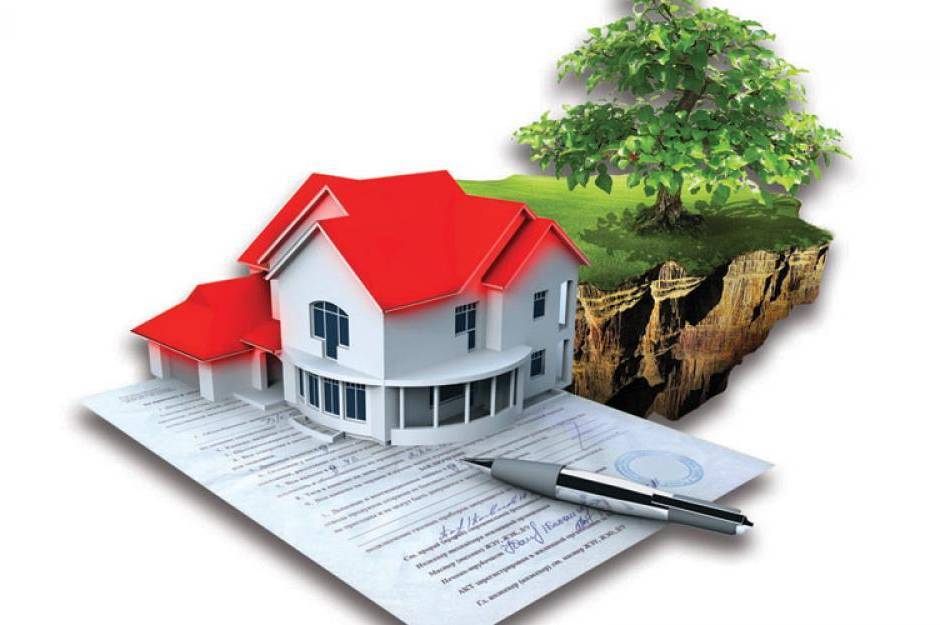
Housing prices can go up under two main scenarios:
- One is when the fundamental economy of a given location has undergone a change. This means that there is somehow a better standard of living or more employment available in that area making it imperative for more people to stay there.
- Or else, there could be a speculative bubble wherein investors buy at a high price today to be able to sell at an even higher price tomorrow.
The question arises as to how can one predict the markets ? How can one differentiate the realistic price rise from the bubbles ? In this article, we will make an attempt to explain some of the metrics that can allow the investors to do so.
Interest Rates
Interest rates have been the common factor in every boom and bust scenario that we have witnessed in the property market. Whether or not, they are the direct cause is a question of debate. However, they are definitely amongst one of the causes.
All the property market booms, be it in Japan, United States, China or India, have been perpetuated in an atmosphere of low interest rates. This is because low interest rates lead to excess money supply and a scenario wherein the buyers are suddenly flush with excess cash and queuing up to buy homes.
The converse of this is also true. All the downfalls in the property market have also been created by a sudden and unexpected increase in interest rates. All the crises right from the subprime mortgage crises to the “lost decade” all have their roots in the rising interest rates.
As an investor, one should therefore stay away from any markets where the rise in property prices seems to be fuelled by a dropping interest rate. This is because, in most scenarios, this is likely to be a property bubble.
Housing Inventory
Another important metric that real estate investors can gauge to judge whether or not a market is in a bubble state is the housing inventory. Housing inventory indicates the amount of unsold homes that the developers have in a given market.
In the usual market scenario, the housing inventory in a market remains stable. This is because developers have a rough idea of the number of homes that buyers will purchase in a given period and will therefore create houses that can fulfill that demand without leading to excess supply. However, when a bull market is approaching, there is suddenly a shortage in housing inventory. This means that there will be no homes available in the market! On the other hand, during a bear market, there is a sudden increase in the housing inventory. Therefore, there are multiple homes available in the market. However, very few buyers are willing to purchase them.
Thus, keeping an eye on the housing inventory number can tell an investor, what stage of the business cycle is the market currently in?
Absorption Rates
Absorption rates are like the opposite of housing inventory. Housing inventory tells us the number of unsold homes in a market during a given period. On the other hand, absorption rates tell us the number of homes that have been purchased in the market during a given period. This number can be usually estimated from the number of requests received by the government for transfer of property titles. Once again, a rising number signifies a bull run and a falling number signifies a bear run.
Wages to Capital Values
Another measure of affordability is to compare the annual wages of an average person who stays in a given neighborhood with the capital values that are prevalent in the neighborhood. The result will give us the number of years that a person will have to work in order to buy a house in a given area. The average wages are usually estimated from the median wages of the workers living in a given area.
Numbers between the ranges of 5 to 10 signify affordability. This is because if a person can buy a house with 100% of their wages in 5 to 10 years, they can afford one on a 20 year mortgage. However, if the number goes beyond 20, it signifies a bubble.
The underlying roots of this high price could be the fact that it is an investor driven market and the average person is just a tenant!
Rental to Capital Values
One of the best ways to predict a housing bubble is to compare the rental values to the capital values. When the underlying economic fundamentals of a given property change, the rental as well as capital values change simultaneously.
However, in the event of a bubble, speculators raise the capital values expecting even more capital gain. However, the rental values do not rise because the tenants do not see a change in the value of the property. Therefore, in such markets there is a huge disparity between rental and capital values which can be considered to be the sure shot sign of a bubble.
Thus, there are various indicators in the property market that can help the diligent investor differentiate between a price rise and an asset bubble.